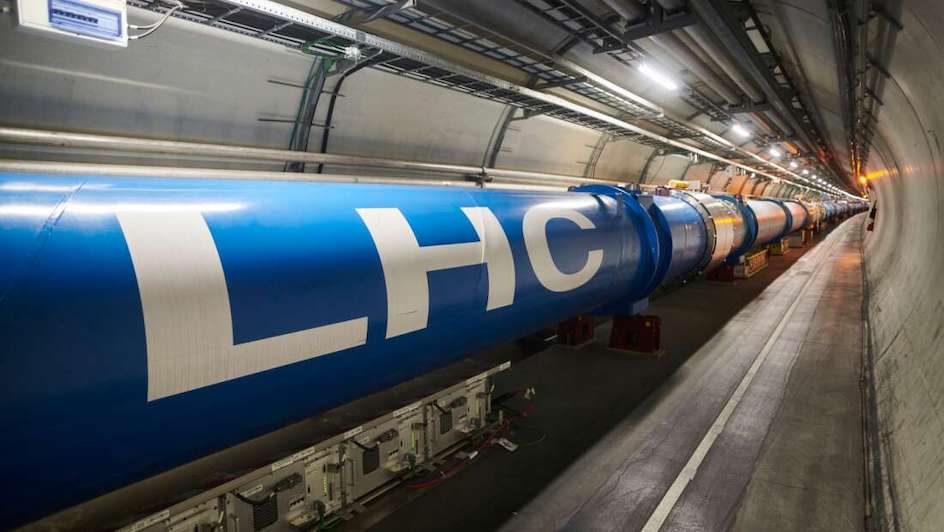Large Hadron Collider Returns from 3-Year Hiatus With a Bang

The world’s largest, most high-powered particle accelerator, the Large Hadron Collider (LHC), was reactivated last Friday, 22 April.
Situated in a 27-kilometre-long tunnel beneath the France-Switzerland border near Geneva, Switzerland, the LHC slammed two protons into each other and broke a world record.
On Monday, 25 April, CERN’s official Twitter account shared the results of Friday’s experiment, tweeting: “Today the two LHC pilot beams of protons were accelerated, for the first time, to the record energy of 6.8 TeV [teraelectronvolts] per beam.”
Not bad for being out of action for over three years; the European Organisation for Nuclear Research (CERN) initially shut down the LHC for upgrades on 10 December 2018.
In layman’s terms, the LHC upgrades increased the energy of the proton beams from 6.5 TeV to 6.8 TeV – one teraelectronvolt is equal to one trillion electron volts, which equates to roughly the energy output of a mosquito’s wings in motion.
For a sub-atomic particle, that is a substantial amount of energy.Such experiments permit scientists to gain a deeper understanding of the astronomical limits of the physical universe, and even uncover unexplored avenues of physics.
“The LHC itself has undergone an extensive consolidation programme and will now operate at an even higher energy and, thanks to major improvements in the injector complex, it will deliver significantly more data to the upgraded LHC experiments,” says Dr Mike Lamont, the Director for Accelerators and Technology at CERN.
The goal of the next major upgrade period in 2024 is to further increase the energy yield to 13.6 TeV and to hopefully explore dark matter, the mysterious substance that makes up six times more of the known universe than regular particles.
Watch this space: there are particle collisions expected, and the secrets of the cosmos, to be unveiled in the near future.
Image Credit: Source



















